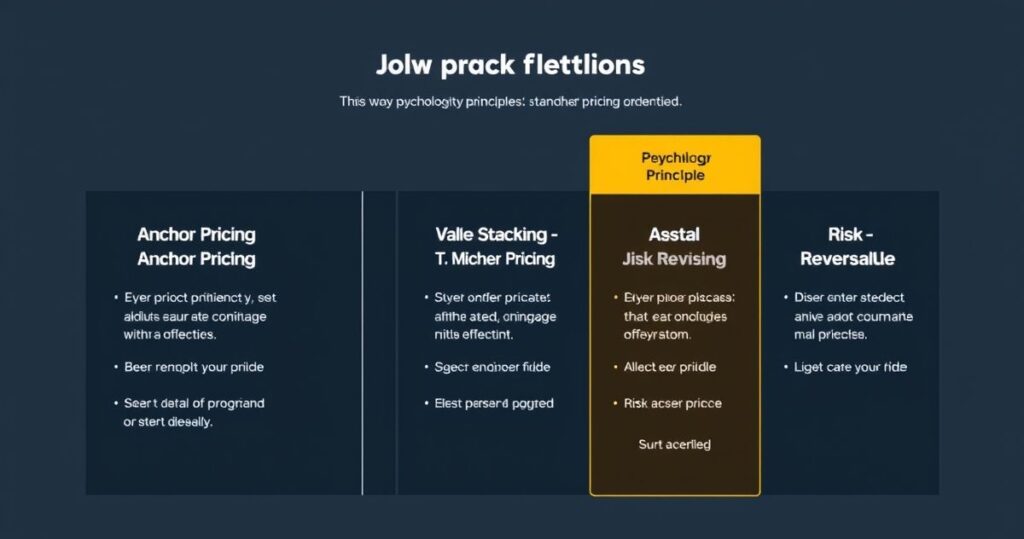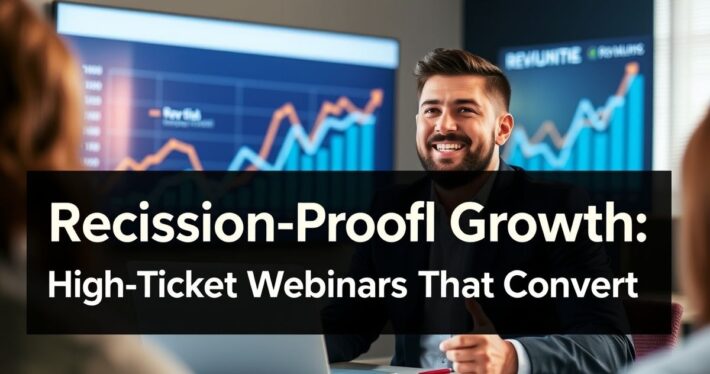Pricing psychology: Positioning your offer for maximum conversions.

Pricing Psychology: Positioning Your Offer for Maximum Conversions
Pricing isn’t just about numbers—it’s about perception. Whether you’re selling a $10 eBook or a $10,000 coaching program, how you position your offer can make or break your conversion rates. Pricing psychology is the art and science of presenting your offer in a way that makes saying “yes” feel like the obvious choice. But how do you make your pricing irresistible while still maintaining your value? Let’s dive into the strategies that will transform your pricing game.
Why Pricing Psychology Matters
Think about the last time you made a purchase. Was it purely logical, or did emotions play a role? Spoiler: It was probably both. Pricing psychology taps into the emotional and cognitive biases that influence decision-making. By understanding these biases, you can position your offer to feel like a no-brainer—even if it’s a premium product.
For example, consider the power of anchoring. When you see a $1,000 product next to a $200 product, the $200 option suddenly feels like a steal—even if it’s still a significant investment. This isn’t manipulation; it’s presenting your offer in a way that aligns with how people naturally process information.
The 4 Key Principles of Pricing Psychology
-
Anchoring: The Power of First Impressions
Anchoring sets the stage for how your audience perceives your pricing. If you’re selling a course, showing a premium option first ($997) makes your mid-tier option ($497) feel more accessible. The key is to strategically position your highest-priced offer as the anchor, so everything else feels like a bargain in comparison. -
Value Stacking: Make It Irresistible
Value stacking is about bundling your offer with bonuses that amplify its perceived worth. For instance, if you’re selling a webinar, add a downloadable workbook, a 30-minute coaching call, and a private community access. Suddenly, your $297 offer feels like a $1,000 value. But be careful—your bonuses must be relevant and genuinely useful. -
Risk Reversal: Eliminate the Fear of Saying Yes
Risk reversal is a game-changer. It’s about making it safer for your audience to buy than to walk away. A solid money-back guarantee, a free trial period, or a “results or refund” promise can dramatically boost conversions. People aren’t just buying your product; they’re buying confidence in their decision. -
Tiered Pricing: Cater to Every Budget
Offering multiple price points ensures you’re not leaving money on the table. A basic tier attracts budget-conscious buyers, while a premium tier appeals to those willing to invest more. The middle tier often becomes the most popular—because it feels like the “sweet spot” between affordability and value.
Real-World Example: How I Increased Conversions by 47%
Let me share a quick case study from my own experience. I was working with a client who offered a $997 online course. Despite having great content, their sales were plateauing. Here’s what we did:
- Anchoring: We introduced a new “platinum” tier ($1,497) that included personalized coaching. This made the original $997 tier feel like the “affordable” option.
- Value Stacking: We added three high-value bonuses: a downloadable toolkit, a live Q&A session, and lifetime access to future updates.
- Risk Reversal: We implemented a 30-day money-back guarantee with a clear, no-questions-asked policy.
- Tiered Pricing: We added a “basic” tier ($497) with fewer features for budget-conscious buyers.
The result? A 47% increase in conversions within 30 days. The lesson? Pricing isn’t just about what you charge—it’s about how you present it.
Common Pricing Pitfalls to Avoid
While pricing psychology can work wonders, there are pitfalls to watch out for:
- Overcomplicating Your Pricing Page: If people can’t understand what they’re getting, they’ll leave. Keep it simple and transparent.
- Undervaluing Your Offer: Don’t sell yourself short. If you’ve got a premium product, price it like one.
- Ignoring Your Audience’s Budget: Know your audience’s financial comfort zone. A $10,000 offer might work for CEOs but not for college students.
- Forgetting to Test: Pricing isn’t set in stone. A/B test different price points and structures to see what resonates best.
How to Use Pricing Psychology in Your Next Offer
Ready to implement these strategies? Here’s a step-by-step guide:
- Start with Anchoring: Identify your premium option and make it the centerpiece of your pricing page.
- Bundle Value: Add bonuses that enhance your core offer. Make sure they’re relevant and genuinely useful.
- Reduce Risk: Implement a risk-reversal strategy that makes buyers feel confident.
- Create Tiers: Offer at least three price points to cater to different budgets and preferences.
- Test and Optimize: Use A/B testing to refine your pricing until you find the perfect formula.
Final Thoughts: Pricing Is About People
At its core, pricing psychology isn’t about tricking people into buying—it’s about creating offers that align with how people think and feel. When you understand your audience’s fears, desires, and decision-making processes, you can craft pricing that feels fair, logical, and irresistible.
So, the next time you’re launching a product or service, ask yourself: Does my pricing reflect the true value of what I’m offering? And more importantly, does it make saying “yes” feel like the easiest decision in the world?



